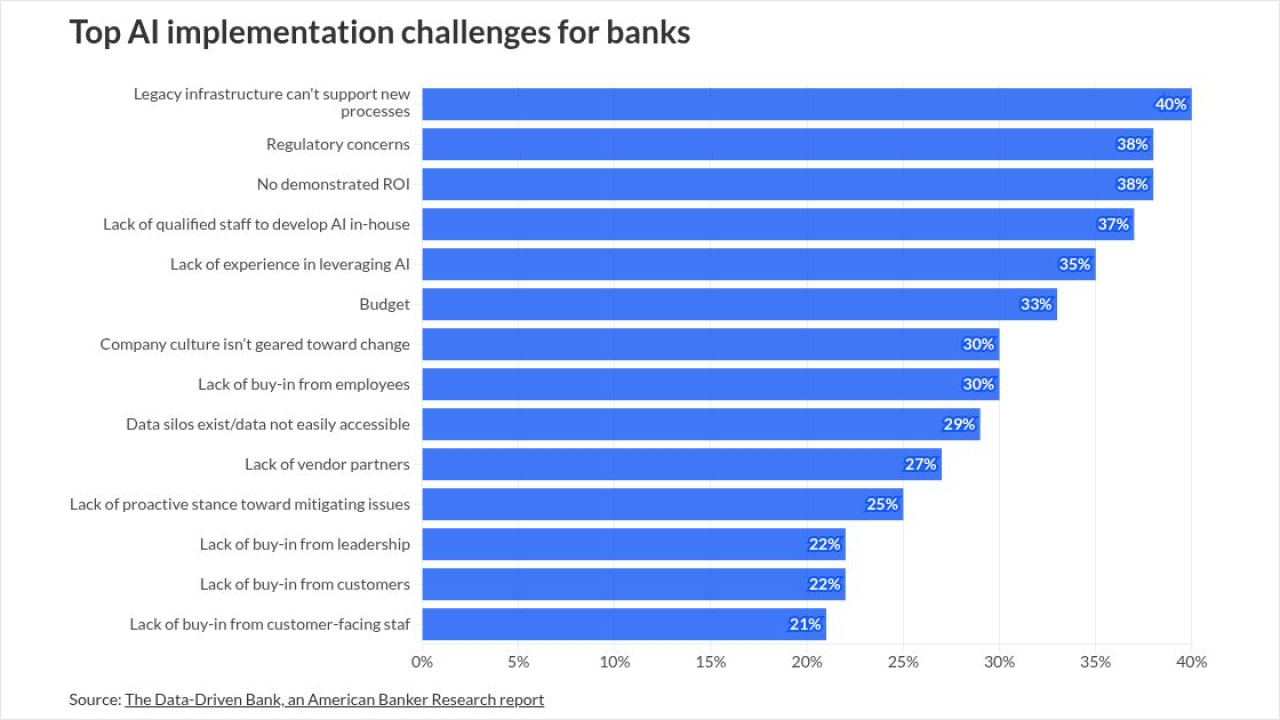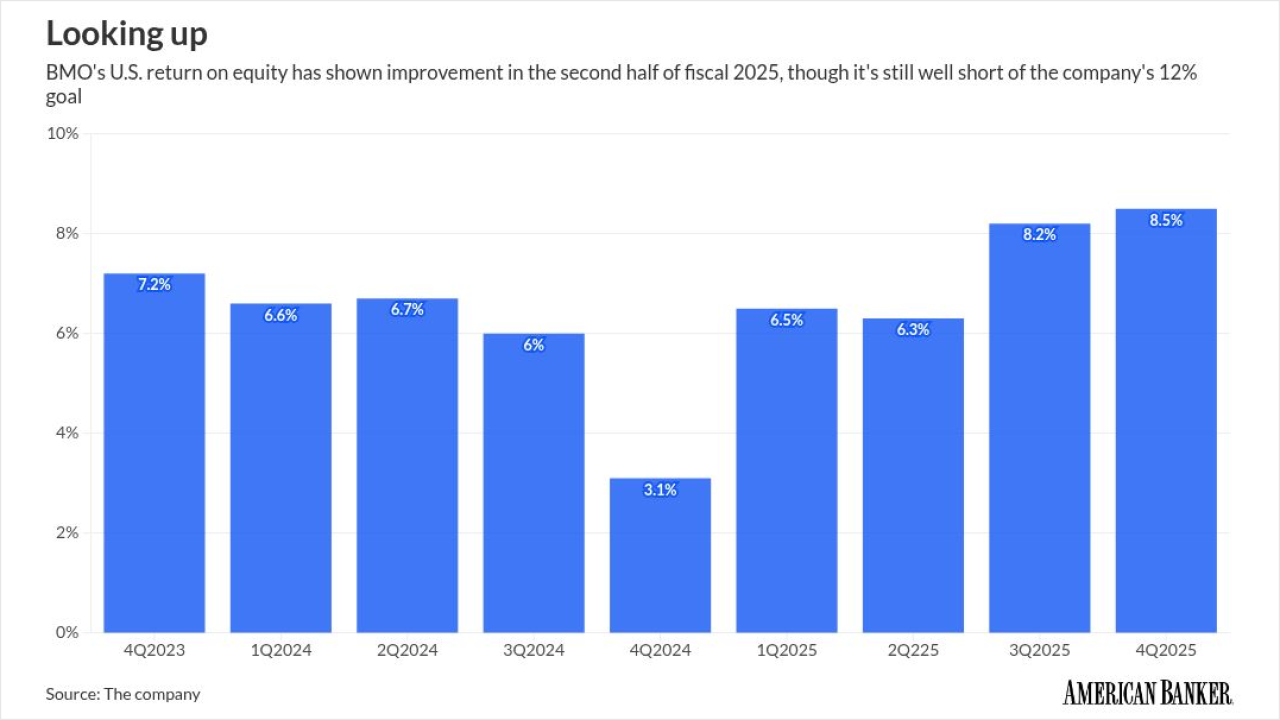
At its current pace, the cumulative Federal deficit will increase by $14 trillion over the next decade.
We're long past the point where the Treasury market became the tail that wags the dog of global finance. The U.S. could be spending its energy focusing on deficit reduction and reforming the tax system. Alas for us, it is not.
The government is instead working on finding places to stash all that paper. Not in traditional ways, now that Moody's has finally thrown in the towel and downgraded the U.S. sovereign debt rating and global buyers are getting antsy and beginning to ask uncomfortable questions. Traditional ways of stimulating demand would involve making hard choices about government finance, which apparently no one in the U.S. remembers how to do.
The federal government's preferred alternative for propping up its fiscal and financial market house of cards is reflected in its sudden enthusiasm for two policy actions which, while technically unrelated to the deficit, in practice create structural, price-resistant demand that can only be filled by more Treasury securities.
The first involves stablecoins, that favorite of both big crypto and big finance and a source of enormous campaign contributions for both parties.
Congress seems ready to endorse fiat stablecoins — backed 100% by short-term U.S. Treasury securities — as the future of the dollarized global payment system, despite the consensus view of financial scholars that
Today, the
The risks to Treasury markets from this new source of volatile but price-inelastic demand are real. As researchers at the Bank for International Settlements have recently confirmed, demand for stablecoin collateral is already lowering T-Bill yields. However, the impact is asymmetric, with yields rising much faster when stablecoins are liquidated than they fall when stablecoins are purchased That creates the potential for Treasury market disruption in the event of a run on a major stablecoin, as well as suggesting that a large stablecoin supply may eventually affect the pass-through of monetary policy to Treasury yields. Neither of these things are good for the real economy.
The second policy change carries its own set of more complex systemic risks and benefits. U.S. banks today hold approximately $4.5 trillion in U.S. Treasury securities. The largest banks, which usually include a primary dealer entity, held 11% of their assets in the form of Treasury securities in 2024. Those securities are given zero risk weight when the largest banks calculate their risk-based capital ratios but are fully counted against those banks' supplementary leverage ratio, or eSLR. This has reportedly restrained some large banks' ability to participate in Treasury market making. According to the Bank Policy Institute, three of the six largest bank holding companies are today unable to make further Treasury purchases without reducing other assets or raising capital.
U.S. banking regulators are
The request for information was issued as part of an executive order aimed at eliminating paper checks as a form of federal payment in most cases, which the administration says aims to curb fraud, modernize disbursements.
But the eSLR change will also encourage the biggest banks to boost reported earnings by stuffing their balance sheets with Treasury debt funded by low-cost deposits with no supporting capital. It's easy to envision another trillion in increased demand for Treasury securities resulting from this practice alone.
Critics of the proposal, including Sen. Elizabeth Warren, former FDIC head Sheila Bair and former Federal Reserve Bank of Kansas City president Thomas Hoenig, all cite the ways in which high leverage at banks arbitraging risk-based rules triggered the 2008 financial crisis. They see the eSLR as backsliding on one of the more important reforms made after the crisis.
Hoenig argues that the proposal would also increase moral hazard in the system by further embedding the Fed's role as "the ultimate liquidity backstop (always ready to buy or lend) to assure a 'well-functioning' securities market."
Even more importantly, he believes that this proposal would allow the Treasury to create money independent of the Federal Reserve:
"This convenient policy shift would allow the [banking] industry to finance ever-larger amounts of government debt without adding capital. As the government spends the borrowed funds, much of it would return to the banks as deposits, available for re-lending. The effect would be similar to the Federal Reserve's quantitative easing, or QE, program, expanding the money supply and inevitably causing higher inflation. ..."
That path should concern us all without regard to political affiliation. The eSLR change is being presented as a purely technical matter when it is in fact a highly political play to increase the powers of this and future administrations to manipulate the money supply.
How long will it take for a president or treasury secretary to succumb to the temptation to conduct monetary policy outside of Fed control by browbeating or threatening large banks into buying more Treasury securities to stimulate the economy, lower the price paid by the government or to cover a shortage of market buying interest?
U.S. banks could easily find themselves becoming the Treasury's slush fund of choice when an administration wants to juice the economy without increasing deficit spending or suck up excess Treasury debt supply.






